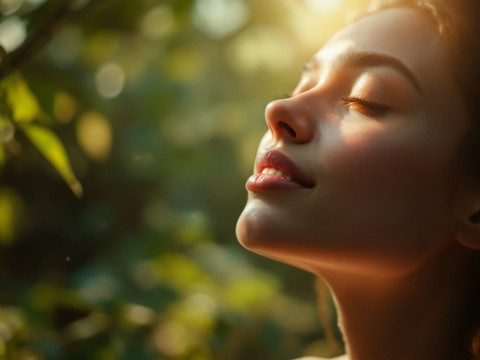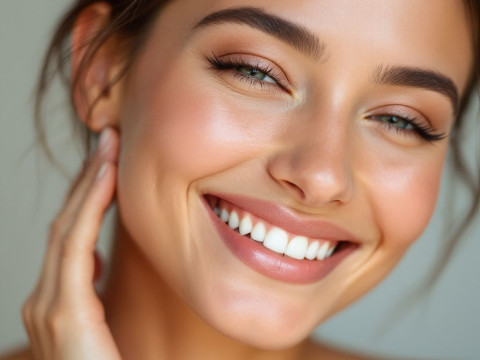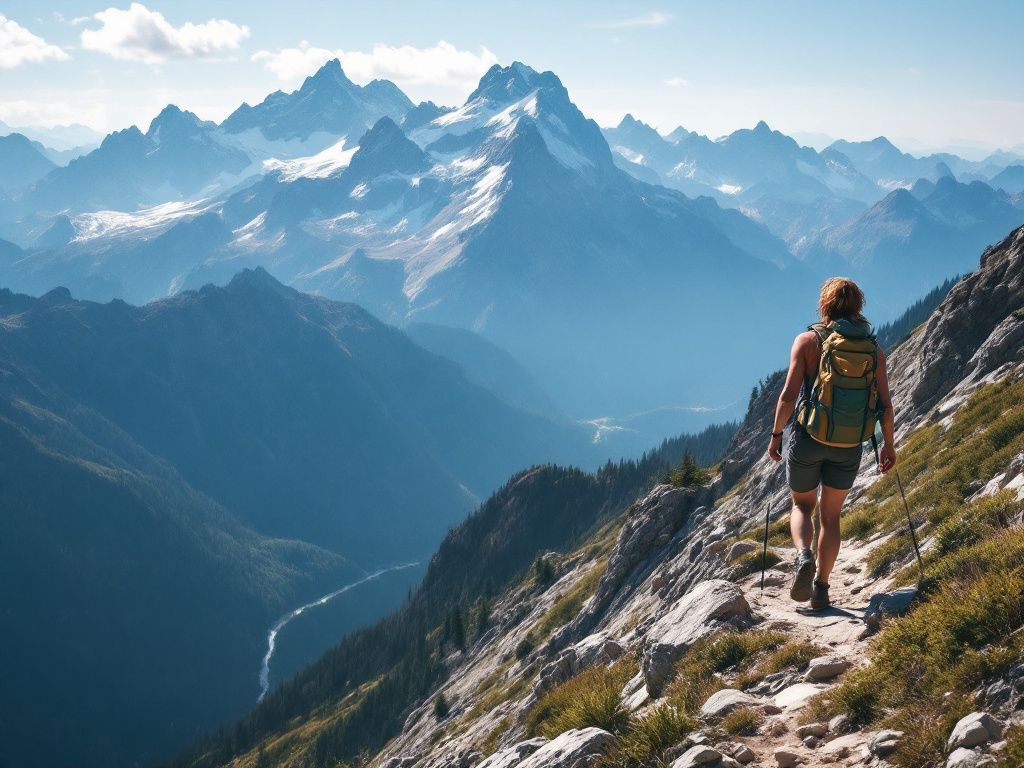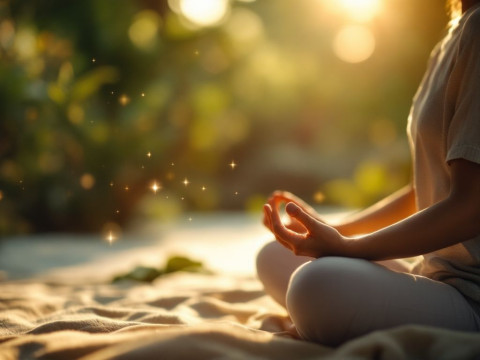Hey there, fellow adventure lover! Planning your next trek up that majestic mountain? Well, before you lace up those hiking boots, let’s talk about something you might not have considered: your skin. Yeah, you heard me right. Skin care is often overlooked when it comes to hiking but trust me, spending a sunny day ticking off the trails without proper skin prep can spell bad news. I’ve been there—red nose, chapped lips, you name it. So, pull up a seat (or a rock, if you’re already up there) and let’s get into the nitty-gritty of mountain hike skin care.
Why Hiking Messes With Your Skin
Hiking might seem like a simple, straightforward activity, but it can get complicated, especially where your skin is concerned. Every change in altitude and shift in climate takes a surprising toll. Here’s the lowdown: altitude effects mean thinner air and stronger UV rays, and that’s just the start. Picture this—you’re up high on a ridge, basking in panoramic views, but down here on Earth, your skin’s freaking out. Higher altitudes mean your skin’s losing moisture quickly. What’s left is an unfair battle with climate acne—pimples pop out of nowhere when the weather’s just being plain rude. Remember, harsh winds and those extreme temperature changes can really ramp up issues like dryness, sunburn, and, yes, our nemesis, climate acne.
Navigating the Peaks and Valleys of Your Skin
Step 1: Shielding Your Skin with Sunscreen
Let’s jump right into it—the must-have on the trail. Sunscreen. I know, it’s basic, but hear me out. At higher elevations, UV exposure increases by roughly 4 to 5% with every 1,000 feet you ascend. Wild, right? Packing at least SPF 30 is essential. Slather it on before you even start and don’t forget to reapply every couple of hours or after a sweaty climb. Go for a sunscreen stick if you’re after something mess-free. It’s also worth mentioning that choosing a formula high in antioxidants can add an extra layer of protection, effectively acting like a pit stop for your skin cells that are racing through damaging sun exposure.
Step 2: Moisturize to Stay Hydrated

Next on the list—the magic of moisture. No kidding, a solid moisturizer is like a tall glass of water for your face. Plus, it creates a barrier that helps keep windr on quarantines. So, sort out a lightweight yet potent moisturizer that locks in hydration without the grease. Even better if it comes with broad-spectrum SPF, just to keep everything all neat and efficient.
Step 3: Keep Those Lips Lip-Smackin’ Fresh
Okay, some folks seem blessed with lips that never crack (lucky them), but for the rest of us, lip balm is a game-changer. A good balm with SPF 15 or above is what you want. Ingredients like beeswax or shea butter help retain moisture and stave off the chaps. Apply early and often—a quick swipe every couple of hours should do the trick. Alternate with more layers as moisture increases, tracking trail weather on your app before setting one blistering foot forward.
Products Breakdown
Here’s a quick table to help visualize what I’ve just thrown at you:
| Necessity | Product | Key Ingredient | Frequency |
|---|---|---|---|
| Sunscreen | SPF 30+ | Zinc Oxide | Every 2 Hours |
| Moisturizer | Lightweight/Non-Greasy | Hyaluronic Acid | Morning/Night |
| Lip Balm | SPF 15+ | Beeswax/Shea Butter | Frequent Touch-Ups |
Step 4: Exfoliate (Smartly)
I mean it. Although excessive exfoliation can backfire by stripping vital oils, a gentle exfoliator will help keep your pores clean and prevent the insidious onset of climate acne post-hike. Stick to something without harsh beads, and maybe go twice a week—no more. It’s an important ground rule, but anything with fruit enzymes or fine scrubs can draw out impurities neatly.
Step 5: Refresh When You Return

The trail ends, but the care doesn’t. Once you’re ready to hang up your backpack, go for a refreshing wash and then rehydrate. Cleaning away trail dust and sweat is minimalist bliss. You know what really kicks back against post-hike skin trauma? A cool, aloe vera or green tea-infused sheet mask.
Dealing with Altitude Effects
Alright, in case you haven’t quite appreciated what we hinted at before: altitude is no joke when it comes to hiking. As you ascend those mighty peaks, the air gets thinner and so do your skin’s defenses. It’s more susceptible to dehydration and premature aging due to increased exposure to UV rays. This is why understanding altitude effects becomes crucial in mountain hike skin care.
Let’s talk dryness—it’s a major concern at higher altitudes. A potent moisturizer becomes your secret sidekick for combating air pressure that strips moisture. Anyone noticed a collection of random pimples popping along the way? Welcome to climate acne. Watch closely: wet and cold. Dry and crisp. Differences in these delicate atmospheres need reconciling—and with care adequate to tackle blackheads every step up and down the winding road you traverse!
Real Tips with Side Notes You Shouldn’t Ignore
Stay Hydrated Internally
Don’t underestimate the power of hydration. Your skin is thirsty. Seriously, keep the hydration strong. The hike-parched air takes over double quick, robbing your skin of moisture.
Snack Right
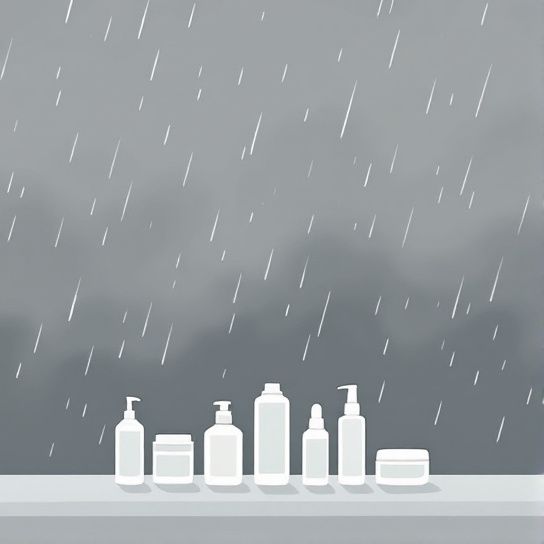
Staying healthy while hiking is more than filling your pack with water bottles. Look out for light travel-friendly meals: carrots, nuts, and berries—yum. Meat sticks add valuable protein, balanced by trail mix poked with omega garnished garble. Sustaining additional good skin with nutritional edges adds pep to avoiding nuisances like stinging windburns.
Layer Up
Not just another layer between hot winds and cold altitudes—a lightweight scarf wraps healthier windscreens over vulnerable skin. Likewise, avoiding excessive exposure yields fairer outcomes. Trust me on this bit: use smart clothes and light gloves. Especially safe if layering cool, natural fabrics wisely overnight, or setting back with gentle layering of polyesters—or classic cottons while pacing rhythmically back after disappearing daylight hours settle sharply.
Recognize the Climate
Understand that trails come full circle. Keeping altitude effects in check while acknowledging differing atmospheric truces results in recognizable application changes. A fluid routine multiplies purpose and intervention in tracing easy environmental contrast exposures—accelerating descent when decisive plugin applications decide timely footing between persevering home.
—
Alright, champ. We’ve covered a lot of trail here, and your skin is going to thank you for being this proactive. Knowing how climate acne thrives in specific shifts helps you face the wide world of nature looking and feeling great. Besides, there’s a subtle irony to knowing no argyle or spring can measure wild adventure equally though with fewer variables.
Embrace every mountain with the knowledge, tools, and (most importantly) skin to match up every uneven pace those big, bold summits toss upon your beautiful faces. Happy trails, and make every step—and breath—count!
Frequently Asked Questions
How does climate change affect acne?
Climate change can exacerbate acne through several mechanisms. Warmer temperatures and increased UV radiation can stimulate the growth of *Cutibacterium acnes*, a bacteria associated with acne. Additionally, higher temperatures increase sebum levels, and humidity can cause pilosebaceous unit swelling, leading to acne flares[2][4].
What role do environmental pollutants play in acne?
Environmental pollutants, such as air pollution, can significantly impact acne. Air pollutants increase oxidative stress and alter the skin’s lipid film, leading to increased sebum levels and a higher number of inflammatory and non-inflammatory acne lesions. Industrial pollutants like coal tar and crude oil can also obstruct sebaceous follicles and contribute to acne[1][4].
How do seasonal changes and weather conditions influence acne?
Seasonal changes can affect acne due to variations in temperature and humidity. In humid weather, oil is trapped on the skin’s surface, creating an environment where acne-causing bacteria can thrive. In colder, drier weather, the skin may overproduce oil to compensate for the lack of moisture, leading to winter acne. Sun exposure and UV radiation also play a role in exacerbating acne[1][5].
What skincare practices can help mitigate climate-related acne?
To manage climate-related acne, it is crucial to maintain a consistent skincare routine. This includes using gentle cleansers, exfoliating regularly, applying non-comedogenic sunscreen and moisturizer, and adjusting skincare products according to seasonal changes. Keeping the skin clean and moisturized, especially in highly polluted or humid environments, can help prevent acne flares[1][5].
References

